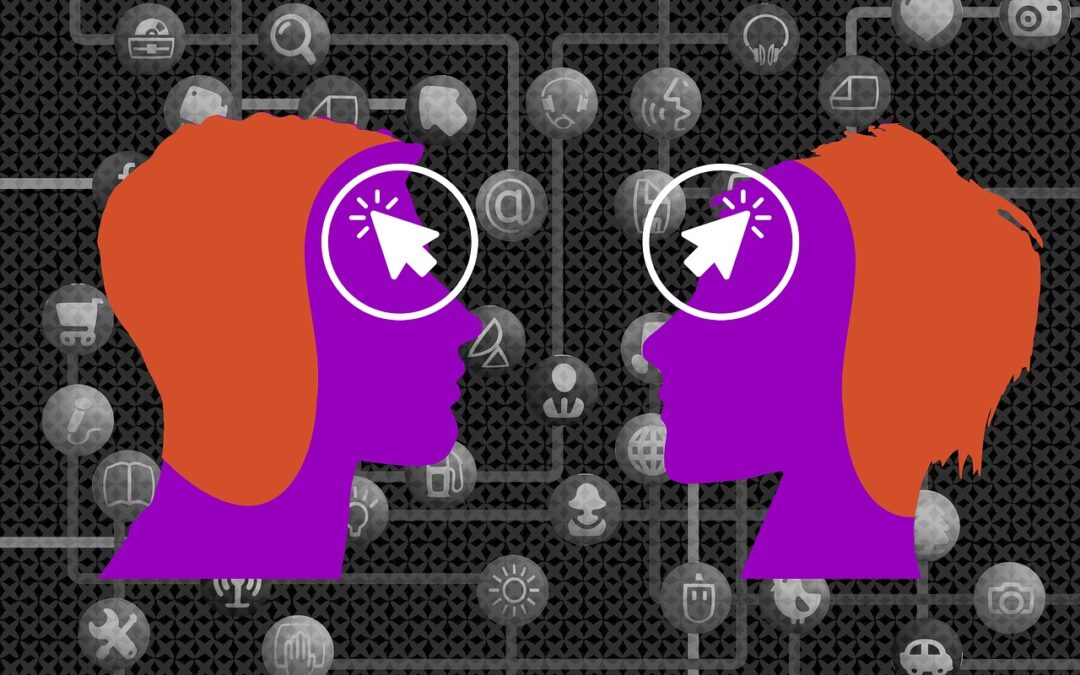How many times have you checked your phone today?
Do you place your phone on the table when you’re having breakfast, lunch and/or dinner?
Does your phone rest underneath your pillow or on your nightstand while you sleep?
All these preferences may seem like natural behaviors this day in the digital era. The widespread use and accessibility of smartphones and tablets that so dramatically changed our daily functioning may now be fueling a “FOMO” epidemic.
F.O.M.O = (fear of missing out)
The idea of not having the availability of instant information with just a few clicks on our smartphones is unimaginable.
Internet Addiction Is Real
What defines an addiction? A general understanding of addiction involves substance abuse and maladaptive behaviors like gambling, shopping, and hypersexuality.
What these behaviors and substances all have in common is the release of dopamine into the brain. When dopamine levels rise they reinforce the pleasure feeling that will allow individuals to continue seeking the activity. This is the strategy many Social Media platforms like Facebook, Instagram, and Snapchat used to market and “hook” many users.
As described by research technician Trevor Haynes at Harvard Medical School,
“Cognitive neuroscientists have shown that rewarding social stimuli—such as laughing faces 😂😄, positive recognition by our peers, messages from loved ones—these activate the same dopaminergic reward pathways.”
Humans seek social interaction and thrive in these settings while seeking validation from others. When you share a post it is expectant that individuals visit your post, comment, and/or like it.
This leads to a notification that alerts you of the recent activity on your post where others have acknowledged your ideas and opinions.
This cycle repeated each time and over time reinforces social media use in individuals, along with the number of visits directed towards your account by them. The constant stimulation received using social media increases the threshold and promotes more engagement from the user. The brain’s relative lack of stimuli to these notifications can be said to cause the addictive feeling of seeking more connections and interactions with others.
Social media has become a way of life rather than a way of living where users can display their daily lives with their followers, friends, and family. The availability of having interactions with others often cause people to seek these social opportunities by staying “involved”. When this accessibility is missing, this can cause feelings of isolation and exclusion also known as Fear Of Missing Out, or FOMO.
“Nomophobia” and “ringxiety”
In order to keep up this constant level of stimulation, smartphones have literally become an extension of ourselves, where we now almost always have in hand or in pocket something so easily accessible that it has fundamentally changed how people typically interact even in public places like restaurants.
And even inside the privacy of the home.
Can you remember the last time you ever had an attack of anxiety when you misplaced your phone or believed it lost? This, as you might have guessed, is a common experience, and even has coined a new term, Nomophobia, that describes the feeling one has when there is no technological device available.
As presented through empirical literature by Kuss and Griffiths,
“Regular and time-consuming use, feelings of anxiety when the phone is not available, “ringxiety” (i.e., repeatedly checking one’s phone for messages, sometimes leading to phantom ringtones), constant availability, preference for mobile communication over face to face communication, and financial problems as a consequence of use. “
We must recognize social media technologies will only continue to evolve. If used correctly, this can be beneficial for many people and businesses. There is no doubt social media can give a voice or allow others to express their voices, raise awareness, and connect with family and friends.
However, it is too often ripe for both overuse and misuse caused by maladaptive behaviors like becoming disengaged in face-to-face interaction, distractions from school or work, and even risky behaviors like recording or texting while driving.
What can be done?
There are boundaries parents can enforce in the house with children along with parents themselves. Many smartphones like iPhones and Androids have built-in Screen Time that can help you set a limit to the usage of certain apps. This will also allow you to visually see the number of minutes or hours spent on certain apps.
Try to engage with friends and family outside of social media if possible. The internet has provided a feeling of connecting with individuals by seeing pictures and videos of their lives posted online but face-to-face interaction provides a different level of connection.
If you’re having dinner or meeting with someone, place your phone down, it can wait. This will also give you a better sense of connection to the person next to you.
Set up increments throughout the day where you will not check your phone which can be increased over time.
And lastly, do not use your phone as an alarm clock. This will tempt you to look at your phone at night when you’re feeling restless or have trouble sleeping. The blue light from our smartphones distorts the natural circadian clock that affects us having a good night’s rest.
Limiting the amount spent on apps can promote a positive experience with Social Media and allow us to feel in control rather than battling the feelings of stress and overstimulation in this digital era.
Sources:
Haynes, Trevor (2018). “Dopamine, Smartphones & You: A battle for Your Time”
https://www.mdpi.com/1660-4601/14/3/311/htm
Kuss, D., & Griffiths, (2011). Online Social Networking and Addiction—A Review
of the Psychological Literature
https://www.ncbi.nlm.nih.gov/pmc/articles/PMC3194102/
English Oxford Dictionary. “FOMO”


Very nice post. I just stumbled upon your blog and wanted to say that I’ve really enjoyed browsing your blog posts. In any case I’ll be subscribing to your feed and I hope you write again soon!